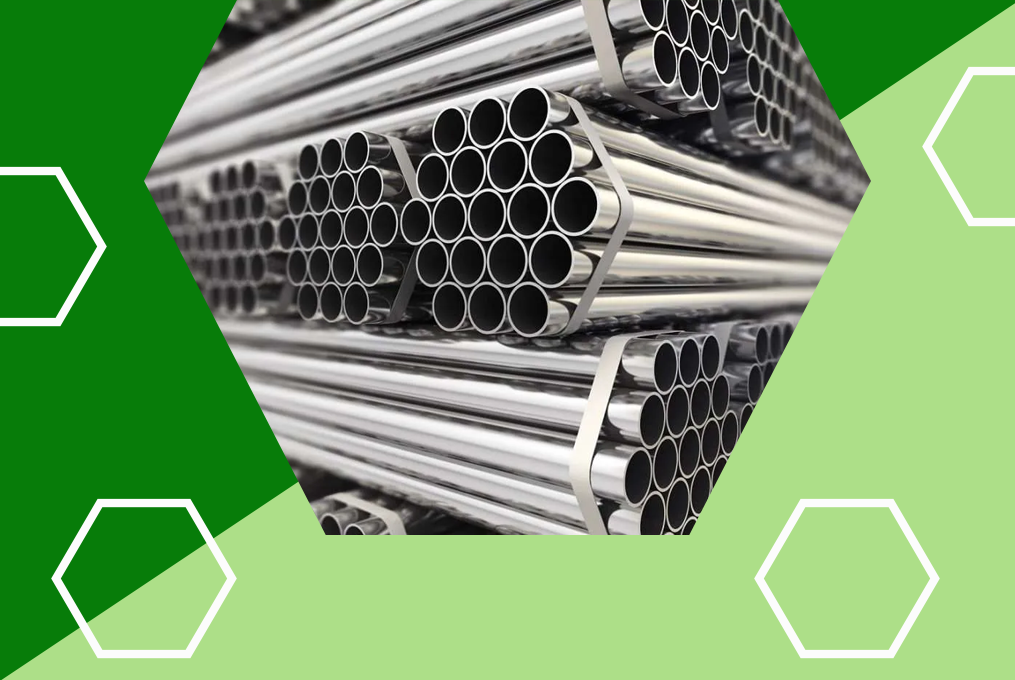The Role of Mild Steel in Construction and Machinery Manufacturing

Mild steel is a common material used in construction and machinery manufacturing. It is popular because of its versatility, strength, and affordability. Mild or low-carbon steel contains a small amount of carbon, typically between 0.05% and 0.25%. This low carbon content makes mild steel more ductile and malleable than other steel types. It can be easily shaped, welded, and machined, making it an ideal choice for various applications. Let's explore why mild steel is so important in these fields.
Mild Steel in Construction

Building Frames: Mild steel is widely used in constructing building frames. Its strength and flexibility make it perfect for creating solid and stable structures. Steel frames can withstand high winds, earthquakes, and heavy loads, ensuring the safety and durability of buildings.
Reinforcement Bars (Rebars): Mild steel rebars reinforce concrete structures in concrete construction. Concrete is strong in compression but weak in tension. By adding mild steel rebars, the tensile strength of concrete structures is greatly improved, preventing cracks and extending the lifespan of buildings and bridges.
Beams and Columns: Mild steel beams and columns are essential to many construction projects. They support the weight of floors and roofs, ensuring that buildings remain stable and secure.
Sheet Metal: Mild steel sheets are used in roofing, siding, and cladding. These sheets provide a durable and weather-resistant surface, protecting buildings from the elements.
Pipes and Tubes: Mild steel pipes and tubes are used for plumbing, heating, and ventilation systems. They are strong, durable, and can be quickly joined, making them reliable for transporting water, gas, and other fluids.
Mild Steel in Machinery Manufacturing

Machine Frames: Just like in construction, mild steel is used to make the frames of various machines. Its strength and durability ensure the machines can handle heavy loads and operate smoothly.
Gears and Shafts: Mild steel is used to manufacture gears and shafts, critical components in many machines. These parts need to be solid and wear-resistant to ensure the proper functioning of machinery.
Tools and Equipment: Many tools and equipment are made from mild steel. For example, hammers, wrenches, and cutting tools often use mild steel for its strength and ease of fabrication.
Automotive Parts: The automotive industry relies heavily on mild steel to manufacture various parts, including chassis, engine components, and body panels. Its strength and ability to absorb impacts make it a safe and reliable vehicle material.
Fabrication and Welding: Mild steel is easy to weld, making it a popular choice for custom fabrication. It can be cut, shaped, and joined to create complex machinery and equipment tailored to specific needs.
Advantages of Using Mild Steel
Affordability: Mild steel is less expensive compared to other types of steel. This makes it a cost-effective choice for large-scale construction and manufacturing projects.
Strength and Durability: Mild steel is solid and durable despite its low carbon content. It can withstand heavy loads and harsh conditions, ensuring the longevity of structures and machines.
Versatility: Mild steel can be easily shaped, welded, and machined, making it suitable for various applications. Its versatility allows it to be used in everything from simple tools to complex machinery.
Recyclability: Mild steel is recyclable, making it an environmentally friendly choice. Recycling steel reduces the need for raw materials and energy, contributing to a more sustainable future.
Final Thoughts
Mild steel is crucial in construction and machinery manufacturing due to its strength, affordability, and versatility. From building frames to machine parts, mild steel provides the foundation for many structures and devices we rely on daily. Its widespread use and numerous benefits make it an indispensable material in these industries.